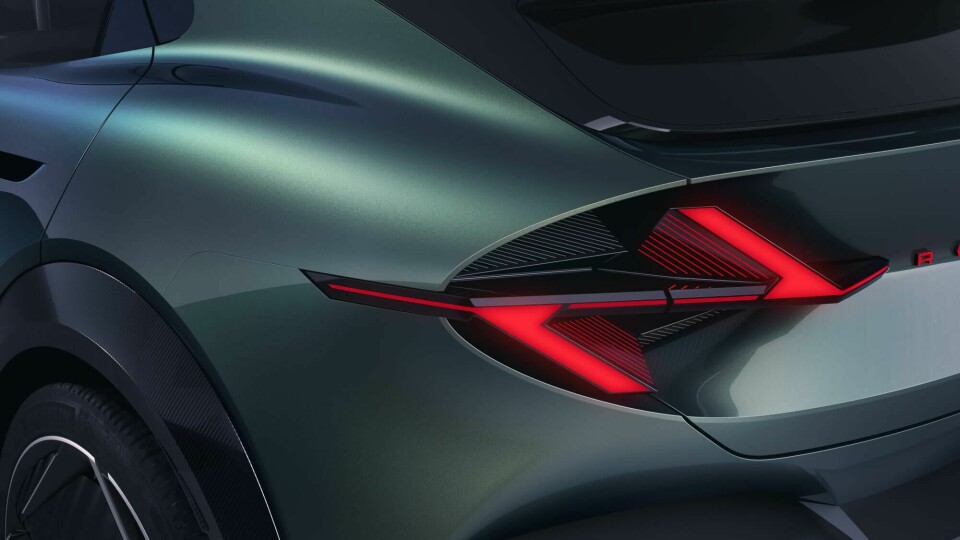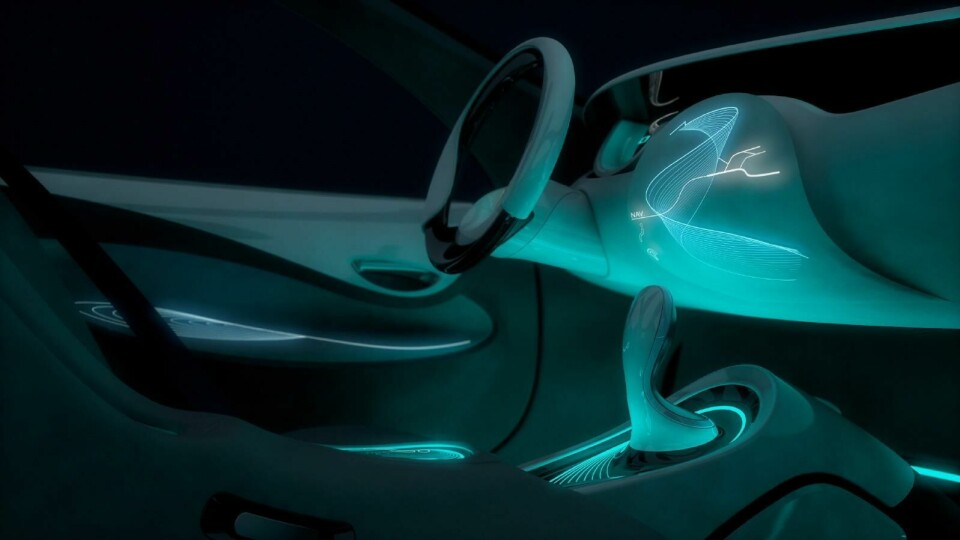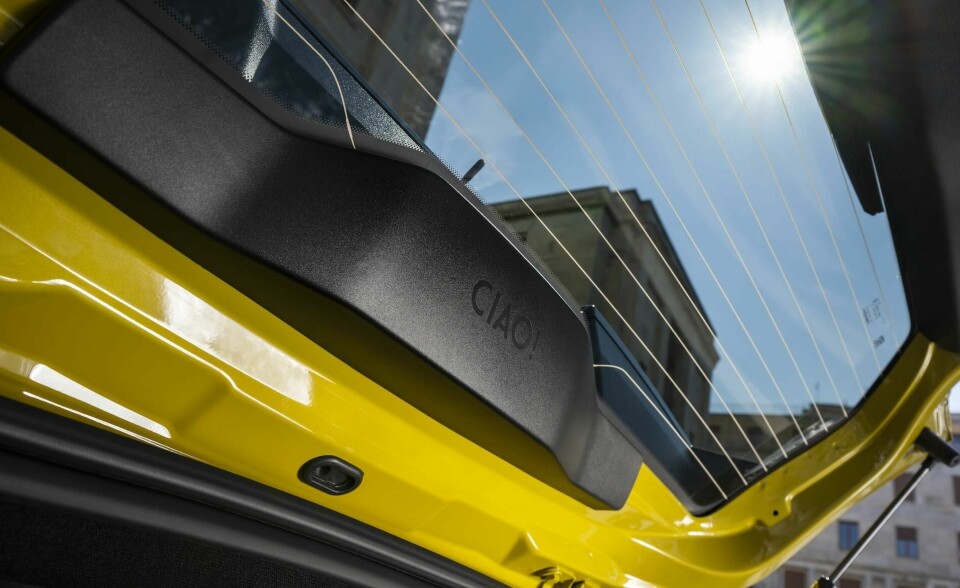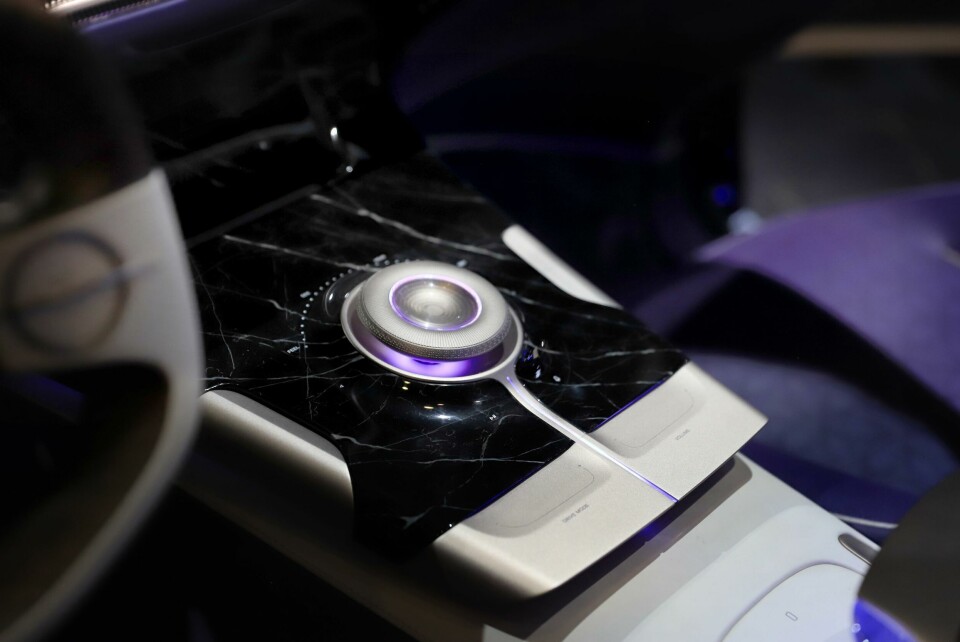
Perceived quality: a bridge between function and desire
Experienced perceived quality specialist Kyungmin Lee explains how carmakers stand to gain from giving PQ a platform within the group
As part of our January focus on perceived quality (PQ), Car Design News will be speaking with a series of experts to learn more about the intricacies of the field.
In this interview, we sat down with Kyungmin Lee, a PQ specialist with over 20 years of expertise, gained primarily with Renault-Samsung, to discuss what it takes to succeed as a PQ specialist, how brands benefit from giving PQ a platform, and the PQ equivalent of a conventional design review.
We will also be hosting a livestream on PQ later in March, which you can register for here. Now, let’s get into the interview.
Car Design News: How would you describe PQ?

Kyungmin Lee: To me, it quite literally refers to the perception of quality that customers have about a product or service. PQ encompasses not only the actual functional performance of a product or service, but also non-functional aspects such as design, finish, user experience and more. In other words, PQ represents the subjective impression and perception formed by consumers as they use or experience a product or service.
PQ goes beyond just the performance of a product or service; it also influences customer satisfaction and loyalty. The satisfaction that customers experience while using a product or service can have a significant impact on brand reputation and market success, so companies that pay attention to PQ will optimise the experience of their products and services and enhance customer satisfaction.
CDN: What does it take to be a PQ expert?
KL: It requires extensive experience across various domains, including design, production and marketing. This multifaceted expertise enables a deep understanding of product development and customer expectations. PQ heavily relies on subjective consumer evaluations, so it’s crucial to objectify these assessments to ensure consistent quality evaluations.

CDN: What are the basic components of a PQ assessment?
KL: They touch on various domains – including design – and require collaboration across all departments. A critical challenge lies in objectifying subjective evaluations to ensure consistency and reliability. Establishing clear evaluation criteria, using objective assessment tools – which convert qualitative judgements into quantitative data – and collaborating aross departments are essential strategies.
Continuous education and training for evaluators is also vital to enhance their expertise and maintain the reliability of PQ assessments. By implementing these strategies, PQ evaluations can produce objective, actionable insights, leading to improved product quality and customer satisfaction.
While basic quality builds trust in the product, PQ elevates preference and loyalty
CDN: What are some ‘best practices’ that come to mind when you consider your time in the industry so far?
KL: PQ in automotive requires meticulous attention to various factors that influence a customer’s sensory and emotional experience with a vehicle. Design and build quality significantly impact PQ, so precise alignment of panels, meticulous cuttings and harmonious colour schemes all contribute to a perception of excellence. Choosing high-quality materials enhances tactile and visual appeal, too, and premium finishes and textures can evoke positive emotional responses, making the car more desirable.
There is also the element of perceived strength and durability. Features that convey robustness, such as solid construction and durable components, instill confidence in the vehicle’s longevity and reliability. Think about the auditory experience, too; sounds associated with the vehicle, like the reassuring ‘thud’ of a closing door, contribute to perceptions of quality.

CDN: Does ergonomics come into it?
KL: Ease of use is certainly a core factor. Controls and features should operate smoothly without requiring excessive force, ensuring a user-friendly experience that reflects thoughtful engineering. Speaking of which, concealing or aesthetically integrating technical components can maintain visual harmony and prevent disruptions in the vehicle’s design coherence, which works well with other design elements that evoke “desire” and create an emotional connection, making the vehicle more appealing to potential buyers.
CDN: Can you give us any examples of how a company might benefit from an increased focus on perceived quality? And conversely, any adverse affects of not doing so?
KL: Let’s think about market leadership. With a strong PQ organisation, teams will be monitoring industry trends and benchmarking best practices, ensuring the company stays ahead of market expectations for design and quality. PQ contributes to customer-centric innovation, ensuring products align with evolving consumer preferences.
No PQ group could lead to missed market opportunities
However, without a PQ group, the company may focus solely on technical innovation, missing out on aesthetic trends or new consumer demands for luxury and craftsmanship. This could lead to missed market opportunities, especially in segments where PQ plays a significant role.
CDN: Any other areas – perhaps less from a business perspective and more in direct relation to the consumer?
KL: When it comes to customer satisfaction and brand image, a strong focus on PQ helps create vehicles that not only perform well but also feel premium. Positive customer experiences strengthen brand loyalty and help differentiate the company in a competitive market.
But without a PQ organisation, the product may lack the refined touchpoints that distinguish it from competitors, even if the vehicle performs well. Lower attention to PQ can ultimately result in negative customer feedback about minor but noticeable issues like noisy interiors, uneven finishes or uncomfortable controls.

CDN: There is so much to consider here. How would you summarise the role of the PQ department on the whole?
KL: You could say it is about creating a bridge between function and desire. A PQ organisation ensures vehicles are not only well-engineered but also visually appealing and emotionally engaging, enhancing brand value. Without PQ, even technically sound products may fail to meet customer expectations.
PQ is ultimately about maximising consumer experience and emotional value, going beyond basic functionality. While basic quality builds trust in the product, PQ elevates preference and loyalty, making it a crucial element in differentiation.




